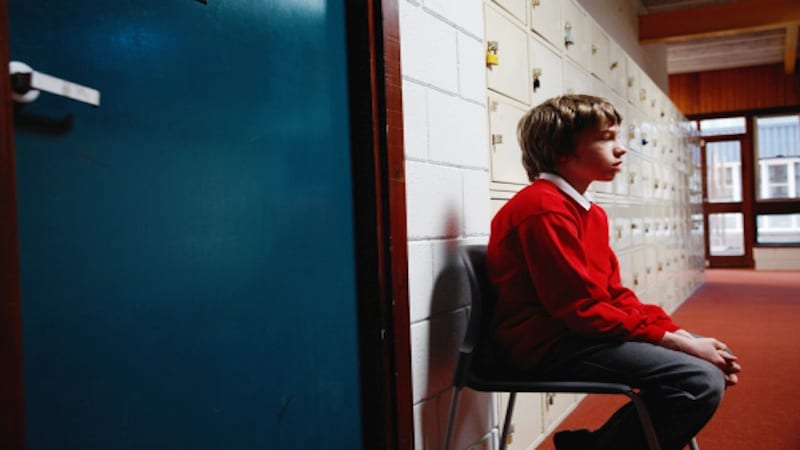Dealing with school discipline issues is one of the most stressful parts of an administrative job. No one likes to call parents with bad news or give consequences to students who are still learning how to be in a community. Sadly, even the best degree programs in education and educational leadership rarely offer culturally aware, thoughtful approaches to school discipline. Most of the learning comes on the job, and refining one’s approach requires continual reflection to land on an approach that feels authentic and student-centered. Here are 6 strategies for being fair and constructive in administering discipline:
1| Check for bias
Take a look at your own disciplinary data. What does it reveal about the kind of disciplinary issues that get reported? Who are the students who get reported most often, and for what offenses? How are race, class, and gender identities represented in your data? Every faculty can benefit from continuing education around implicit bias when it comes to classroom management and student discipline. Sharing data around who comes to your office most often can help foster important conversations about bias and privilege.
2| Make school discipline consistent
Do you use restorative justice in your school? Are student infractions heard by a board of peers? Are consequences appropriate and consistent? The privacy of students should be a priority, so the community can’t always know the details of each infraction. However, when your system is predictable and clear, the school community is more trusting of the disciplinary process.
3| Keep students’ dignity intact
My number one goal for disciplinary interactions is to keep student dignity intact. When students arrive in the principal’s office, they are already nervous, defensive, and scared. It can be a challenge not to respond to their energy, but it is absolutely necessary. You can do this by using value-free language. Value-free language avoids emotive phrasing that can feel personal. Telling a student “I’m disappointed in you” can be damaging to your long-term relationship. Those words can ring in the ears of young people for a very long time.
4| Anticipate feelings and address them
You can’t control the feelings of a student who feels scared and anxious. To better manage what can feel like negative energy, it’s best to address them head-on. I ask students to tell me what they are feeling, and I affirm the feelings they hold. Lastly, I am extremely intentional when I tell kids that the uncomfortable feelings that they hold will pass in time. I normalize mistake-making. Kids leave my office confident that I see them as good kids who will learn from the mistakes they have made.
5| Maintain privacy
Protecting students’ privacy should be a priority. When notifying your adult community about disciplinary cases, err toward a less-is-more approach. We want students to reenter classroom spaces with dignity and purpose, unhindered by past missteps. Take this into consideration as you inform adults about what happened. Make sure the adults have a thoughtful approach and are ready to support the student.
6| Reenter in relationship
After a student has served consequences, it is essential to reflect together on what’s been learned. If a student has had a separation from the school, this reflection is especially key. A good strategy is to have a student reentry meeting with a parent present so you can close the circle. Make sure everyone knows what steps are next. As an authority figure, your treatment of a student after a misstep can make a huge difference. Make an effort to greet them and check in with them.
Join our Facebook group Principal Life for more conversation about and insights into the challenges of school leadership.

